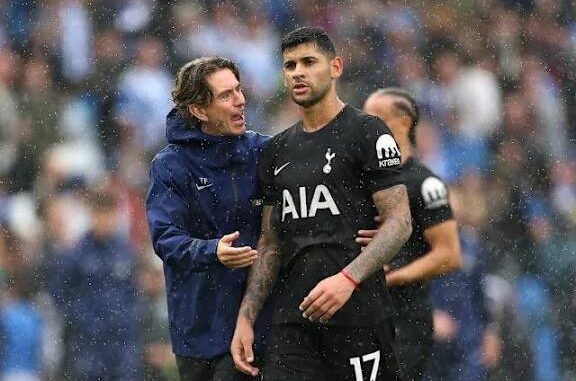
Tottenham Hotspur have often been a club associated with promise, potential, and the occasional flourish of brilliance without ever fully sustaining it. Over the years, fans have been left to cling to near misses, moments of individual excellence, and the hope that the next manager or the next signing might finally deliver consistent success. But in recent months, there has been a noticeable transformation at the North London club. The changes taking place under Ange Postecoglou, coupled with the renewed energy around the squad and the board’s approach, are beginning to feel like genuine evidence of an exciting new era for Spurs.
One of the most significant shifts is the culture within the dressing room. For too long, Tottenham seemed weighed down by the burden of expectations without the belief to match it. Postecoglou has changed that dynamic by instilling both freedom and responsibility. His philosophy is rooted in attacking football, high pressing, and courage in possession. Supporters at the Tottenham Hotspur Stadium now see a side that plays with intensity, creativity, and most importantly, identity. This clear vision has been missing since the early years of Mauricio Pochettino’s tenure, and its return feels refreshing.
On the pitch, the tactical evolution is obvious. Tottenham have transitioned away from the reactive, defensive setups of recent managers and embraced a system built on front-foot football. The likes of James Maddison, Son Heung-min, and Dejan Kulusevski have thrived under the new approach, while younger talents such as Destiny Udogie and Pape Matar Sarr are growing in confidence. The balance between experience and youth in the squad is no accident—it reflects a long-term plan designed to deliver sustained competitiveness.
Equally important has been the shift in mentality. Spurs are no longer a side that panics when they concede first or collapses under pressure in big matches. Instead, there is resilience and a willingness to fight back, something that has rekindled faith among fans who had grown weary of false dawns. The transformation in character is perhaps the biggest indicator that this new chapter at Tottenham is more than cosmetic.
Off the field, the club’s direction also suggests meaningful progress. Recruitment has become sharper and more strategic, with the focus moving towards players who fit the manager’s style rather than short-term, big-name fixes. The departure of Harry Kane, once feared as the end of an era, has paradoxically given Spurs the chance to evolve into a more balanced, collective unit. Rather than relying heavily on one talisman, Tottenham are now spreading responsibility across the team, making them more unpredictable and harder to stop.
The fans, too, have responded. The atmosphere inside the stadium has grown more vibrant, with a sense of unity between the supporters and the team returning. After years of frustration, many now feel they are watching the beginnings of something that could truly blossom into a successful period. It might not bring instant silverware, but it feels authentic, sustainable, and exciting.
In football, optimism can be fleeting, but what is happening at Tottenham carries the weight of real change. From tactical clarity to a renewed identity and smarter planning, Spurs are laying the foundations of an era that could redefine them. For a club long seen as nearly-men, the new Tottenham is finally beginning to look like the real thing.
Be the first to comment